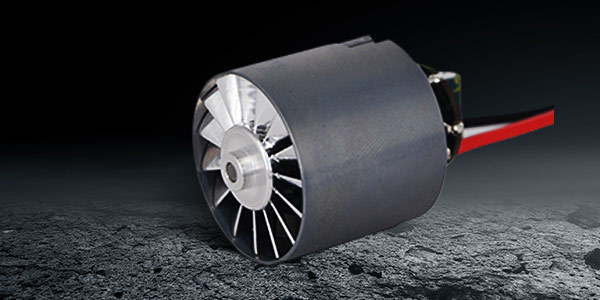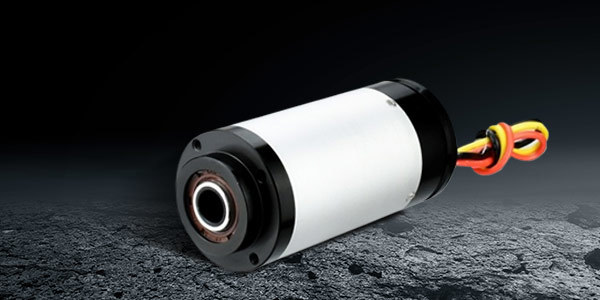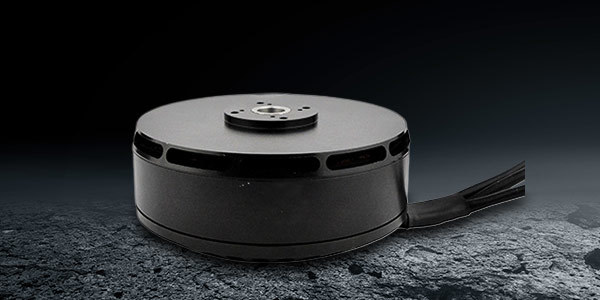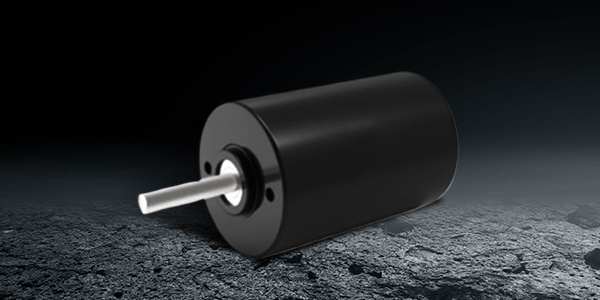Jun 24,2025
Unlocking the Benefits of Using Sensorless BLDC Motors in Your Electric Systems
Unlocking the Benefits of Using Sensorless BLDC Motors in Your Electric Systems Table of Contents 1. Introduction to Sensorless BLDC Motors 2. What are BLDC Motors? 3. Advantages of Sensorless BLDC Motors 3.1 Cost Efficiency 3.2 Reduced Complexity 3.3 Enhanced Reliability 4. Technical Overview of Sensorless BLDC Motors 5. A
Unlocking the Benefits of Using Sensorless BLDC Motors in Your Electric Systems
Table of Contents
- 1. Introduction to Sensorless BLDC Motors
- 2. What are BLDC Motors?
- 3. Advantages of Sensorless BLDC Motors
- 4. Technical Overview of Sensorless BLDC Motors
- 5. Applications of Sensorless BLDC Motors
- 6. Performance Optimization Techniques
- 7. Future Trends in Sensorless BLDC Motor Technology
- 8. Frequently Asked Questions
- 9. Conclusion
1. Introduction to Sensorless BLDC Motors
As industries evolve, the search for efficient and reliable motor solutions intensifies. One such innovation that has gained significant traction is the **sensorless Brushless Direct Current (BLDC) motor**. This technology is not only redefining how electric systems operate but is also paving the way for enhanced performance across numerous applications. In this article, we will delve into the myriad benefits of sensorless BLDC motors, examining their technical advantages, applications, and the future landscape of motor technology.
2. What are BLDC Motors?
BLDC motors are a type of synchronous motor powered by direct current (DC) electricity and characterized by their ability to maintain a constant speed and torque without the need for brushes. They use electronic commutation instead of mechanical brushes, resulting in several operational benefits.
**Key Features of BLDC Motors:**
- **High Efficiency:** With reduced energy losses, BLDC motors operate more efficiently than their brushed counterparts.
- **Long Lifespan:** The absence of brushes minimizes wear and tear, extending the motor's operational life.
- **Quiet Operation:** BLDC motors operate with minimal noise, making them ideal for applications where sound is a concern.
3. Advantages of Sensorless BLDC Motors
Sensorless BLDC motors offer a range of benefits that make them a preferred choice in many applications. Below, we discuss some of the most significant advantages:
3.1 Cost Efficiency
One of the primary benefits of **sensorless BLDC motors** is their cost-effectiveness. By eliminating the need for physical sensors, manufacturers can lower production costs. Furthermore, the reduced complexity of wiring and installation contributes to overall savings in both time and resources.
3.2 Reduced Complexity
Sensorless operation means that these motors do not require additional components for feedback control, simplifying the system architecture. This reduction in complexity allows for easier integration into existing electric systems and reduces potential points of failure.
3.3 Enhanced Reliability
With fewer components involved, sensorless BLDC motors tend to have higher reliability. The absence of sensors also means that there are fewer parts that can malfunction or require maintenance, ultimately leading to **lower operational downtime**.
4. Technical Overview of Sensorless BLDC Motors
Understanding the technical aspects of sensorless BLDC motors is essential for leveraging their benefits effectively. These motors utilize advanced algorithms for rotor position estimation, allowing them to function without traditional sensors.
**Key Technical Concepts:**
- **Back Electromotive Force (Back EMF):** This principle is critical for sensorless operation, where the motor detects its rotor's position through the voltage generated as the rotor spins.
- **Control Algorithms:** Advanced control strategies such as **field-oriented control (FOC)** enhance performance by ensuring optimal torque and efficiency.
5. Applications of Sensorless BLDC Motors
Sensorless BLDC motors find applications across various sectors due to their versatility and efficiency. Below are some prominent areas where these motors are making a significant impact.
5.1 Industrial Automation
In industrial environments, sensorless BLDC motors are employed in **robotics** and **conveyor systems**, providing precise control with minimal maintenance. Their reliability under varying load conditions makes them ideal for demanding applications.
5.2 Home Appliances
Sensorless BLDC motors are increasingly utilized in home appliances such as **washers, refrigerators, and fans**. Their efficiency leads to lower energy consumption, making them a popular choice for energy-conscious consumers.
5.3 Renewable Energy Systems
The integration of sensorless BLDC motors in **renewable energy systems**, like wind turbines and solar tracking systems, facilitates efficient energy conversion and management, optimizing the performance of these sustainable technologies.
6. Performance Optimization Techniques
To maximize the potential of sensorless BLDC motors, several performance optimization techniques can be employed. These include:
- **Tuning Control Algorithms:** Regular updates to control algorithms can enhance responsiveness and efficiency.
- **Regular Maintenance:** While sensorless motors require less maintenance, periodic checks ensure they operate at peak performance.
- **Environmental Considerations:** Operating motors within their specified environmental conditions can prevent premature wear and enhance reliability.
7. Future Trends in Sensorless BLDC Motor Technology
As technology progresses, the future of sensorless BLDC motors looks promising. Innovations in machine learning and artificial intelligence are expected to further enhance control strategies, leading to improved performance and efficiency. Additionally, advancements in materials and manufacturing processes will contribute to the development of more compact and lightweight motor designs.
8. Frequently Asked Questions
1. What are the main benefits of using sensorless BLDC motors?
The key benefits include cost efficiency, reduced complexity, and enhanced reliability due to the absence of physical sensors.
2. Can sensorless BLDC motors perform in high-load applications?
Yes, sensorless BLDC motors are designed to handle varying load conditions efficiently, making them suitable for high-load applications in industrial settings.
3. How do sensorless BLDC motors compare to traditional brushed motors?
Sensorless BLDC motors offer higher efficiency, longer lifespan, and lower maintenance compared to traditional brushed motors.
4. What control techniques are used for sensorless BLDC motors?
Common control techniques include back EMF sensing and field-oriented control (FOC), which help estimate rotor position for optimal performance.
5. Are there any limitations of sensorless BLDC motors?
While sensorless BLDC motors are highly efficient, their performance may be affected in low-speed applications where rotor position estimation becomes challenging.
9. Conclusion
Sensorless BLDC motors represent a significant step forward in electric motor technology, offering numerous benefits that enhance their applicability across various industries. With their cost efficiency, reduced complexity, and exceptional reliability, these motors are poised to become the standard in electric systems. As we look toward the future, ongoing innovations promise to unlock even greater potential, making sensorless BLDC motors a key player in the evolution of electrical engineering and automation. By understanding and harnessing the capabilities of these advanced motors, we can drive efficiency, sustainability, and performance in our electric systems like never before.
Previous: Unlocking the Potential of Sensorless Motor Controllers: A Comprehensive Guide
Next: None

















